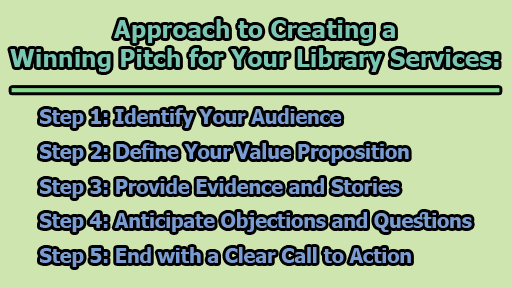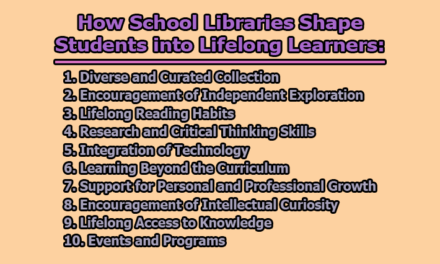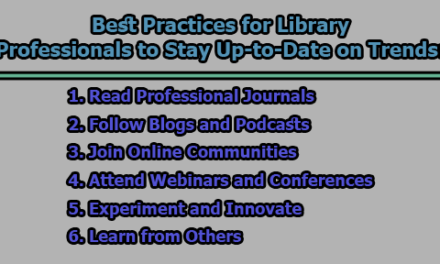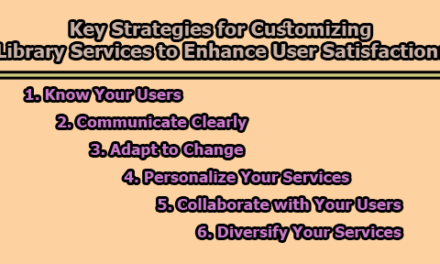Approach to Creating a Winning Pitch for Your Library Services:
Library services play a vital role in communities, offering valuable resources, knowledge, and support. However, securing funding, support, and recognition for these services can be a challenging endeavor. To overcome these hurdles, you need to create a compelling pitch that effectively communicates the impact and benefits of your library services to potential stakeholders, partners, and decision-makers. In this article, we will explore a step-by-step approach to creating a winning pitch for your library services.
Step 1: Identify Your Audience: Before crafting your pitch, it’s essential to know your audience and what matters to them. Different stakeholders may have varying interests, expectations, and questions about your library services. To tailor your pitch effectively, research your audience’s background, goals, and challenges. For example, when pitching to a local government agency, emphasize how your library supports civic engagement, education, and social inclusion. When targeting potential partner organizations, highlight how your library aligns with their mission and values.
Step 2: Define Your Value Proposition: Your value proposition is the heart of your pitch and should answer the question, “Why should your audience care about your library services?” It should be clear, concise, and compelling, demonstrating how your services solve a problem or provide a unique solution. To craft your value proposition, use the formula: “We help [target audience] to [achieve a benefit] by [providing a unique solution].” This proposition should set your library apart from similar or competing services.
Step 3: Provide Evidence and Stories: To support your value proposition, offer evidence and stories that illustrate the impact and outcomes of your library services. Evidence can include data, statistics, testimonials, awards, or recognition that quantify your library’s performance and contributions. Stories, on the other hand, should include anecdotes, case studies, or examples that show how your library services positively affect people’s lives, experiences, or perspectives. Make sure the evidence and stories are specific, relevant, and credible to your audience and pitch goals.
Step 4: Anticipate Objections and Questions: Even the most persuasive pitch may face objections or questions from your audience. These concerns might relate to your library’s budget, resources, capacity, sustainability, or alignment with their priorities. To prepare, anticipate potential objections or questions, and have well-thought-out answers that address them. This is an opportunity to reaffirm your value proposition, display your willingness to collaborate or negotiate, and show that you’ve considered various scenarios.
Step 5: End with a Clear Call to Action: The final step of your pitch is to end with a clear and compelling call to action, telling your audience what you want them to do next. This action can be scheduling a meeting, signing a contract, making a donation, joining a program, or visiting your website. Your call to action should be specific, actionable, and urgent, aligning with your pitch’s goal and your established value proposition. It’s also an opportunity to thank your audience for their time and express your enthusiasm and confidence.
In conclusion, by following these steps, you can craft a winning pitch for your library services that captures your audience’s attention, interest, and support. Remember to practice and refine your pitch before delivery and adapt it to different situations and contexts. A well-crafted pitch can help you showcase your library’s value, build relationships, and achieve your library’s goals. With a compelling pitch, you can secure the necessary funding and support your library services deserve, ensuring their continued success in serving your community.

Assistant Teacher at Zinzira Pir Mohammad Pilot School and College










